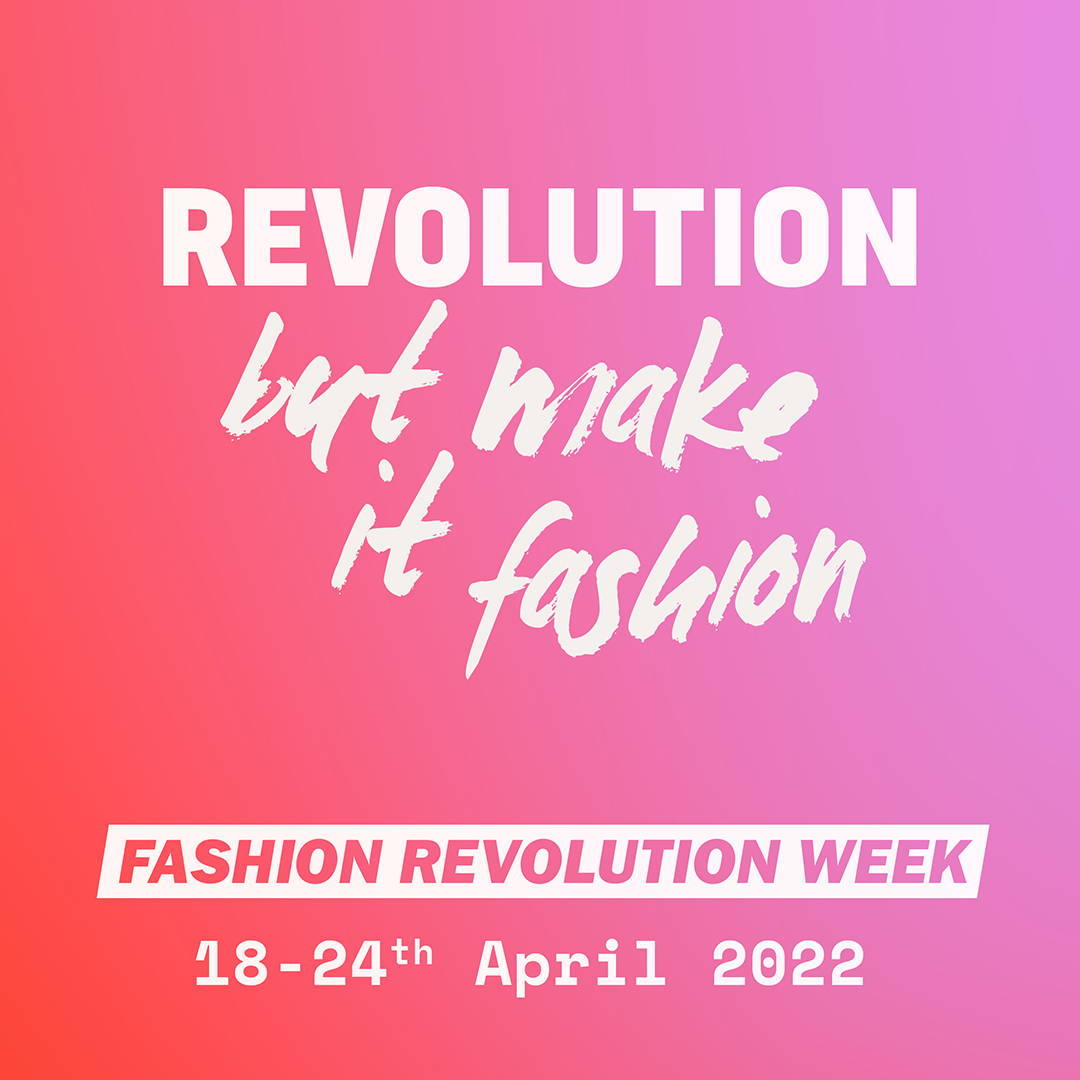
Fashion Revolution Week is here
Reflections on the progress of the movement in South Africa
By Renee Fortune
“As global citizens in the fashion industry, specifically as South Africans affected by social injustices and inequality, we must all act to restore this fragmented industry. We must aspire to understand each other's roles from a position of power and strength. Once we truly understand this, we will be able to shift the focus to others — all stakeholders who are doing great work in South Africa for its upliftment.”
~ Cyril Naicker, Country Coordinator Fashion Revolution South Africa ~
The disaster that birthed a movement
The ‘conscious community’ has been observing Fashion Revolution Week since 2014. On 24 April 2013, 1138 people lost their lives in a catastrophic disaster involving the collapse of a building housing a garment factory in Dhaka, Bangladesh. The building’s owners had ignored the warning signs that the building’s structure was unstable and faulty, and insisted that factory workers continue to do their jobs despite the impending danger.
In this example, we see a microcosm of a bigger picture of mass exploitation that has been perpetuated for centuries. That bigger picture is one where labourers in clothing factories are underpaid, overworked and are forced to work under conditions that are inhumane and unjust. The sad reality is that is happening all over the world. Fashion Revolution, as a movement, aims to put a face to fast fashion — to ask the difficult questions like “who made my clothes?” and to demand answers that can catalyse long-lasting and meaningful change.
At the crux of the matter
Fashion Week 2022 will run from 18-24 April. It is an annual campaign that brings together the world’s largest fashion activism movement for seven days of action. During this time, the movement calls for South Africans (and the broader global community) to reimagine a just and equitable fashion system that is supportive of people and the planet.


Cyril Naicker is the country coordinator of Fashion Revolution South Africa and the head of Plain Tiger’s Sustainability Accelerator. Having grown up during South Africa’s most socio-politically turbulent years, Naicker feels the effects of exploitation acutely.
The South African perspective
Since its inception in 2014, Fashion Revolution Week activists have been hard at work driving awareness and helping brands and consumers to change the way they think about and consume fashion. Progress has been slow, but green shoots are beginning to emerge from ground that was once barren. The COVID19 pandemic highlighted the importance of supporting local, and by working closely with government and policymakers, there has been a noticeable upswing in the local value chain.
Fashion Revolution’s Transparency Index saw brands across the world answer difficult questions about the sustainability of their practices. South African fashion brands scored badly, but let’s choose to see the silver lining — they participated, and they were transparent, and that’s certainly a start.
Conversations are happening. On radio, in newspapers, in magazines and on TV. These are small beginnings, but they are beginnings nonetheless.
The Fashion Revolution vision
As Naicker comments: “The message will be amplified. When we started Fashion Revolution South Africa in 2014, not many people knew about the working conditions of factory workers. Not many people knew which brands were doing the best locally and internationally in terms of advancing people and planet – ahead of profit. Fashion Revolution South Africa plays a major role in outreach. It is vital that consumers understand the value of their spend. This focus will not shift. We continue to inform consumers through our social media platforms. In the next 2-3 years the movement will have a solid base in South Africa. We will have strong voices in most provinces and our team will be more effective.”

Fashion Revolution Week 2022 calls for more government support in terms of skills development and training for local manufacturers. It calls for the promotion of local brands and artisans. It calls for sustainable practices that take fashion’s impact on the environment seriously.
To keep up to date with what’s happening during Fashion Revolution Week in South Africa, you can follow the movement via Instagram, Facebook and Twitter.










